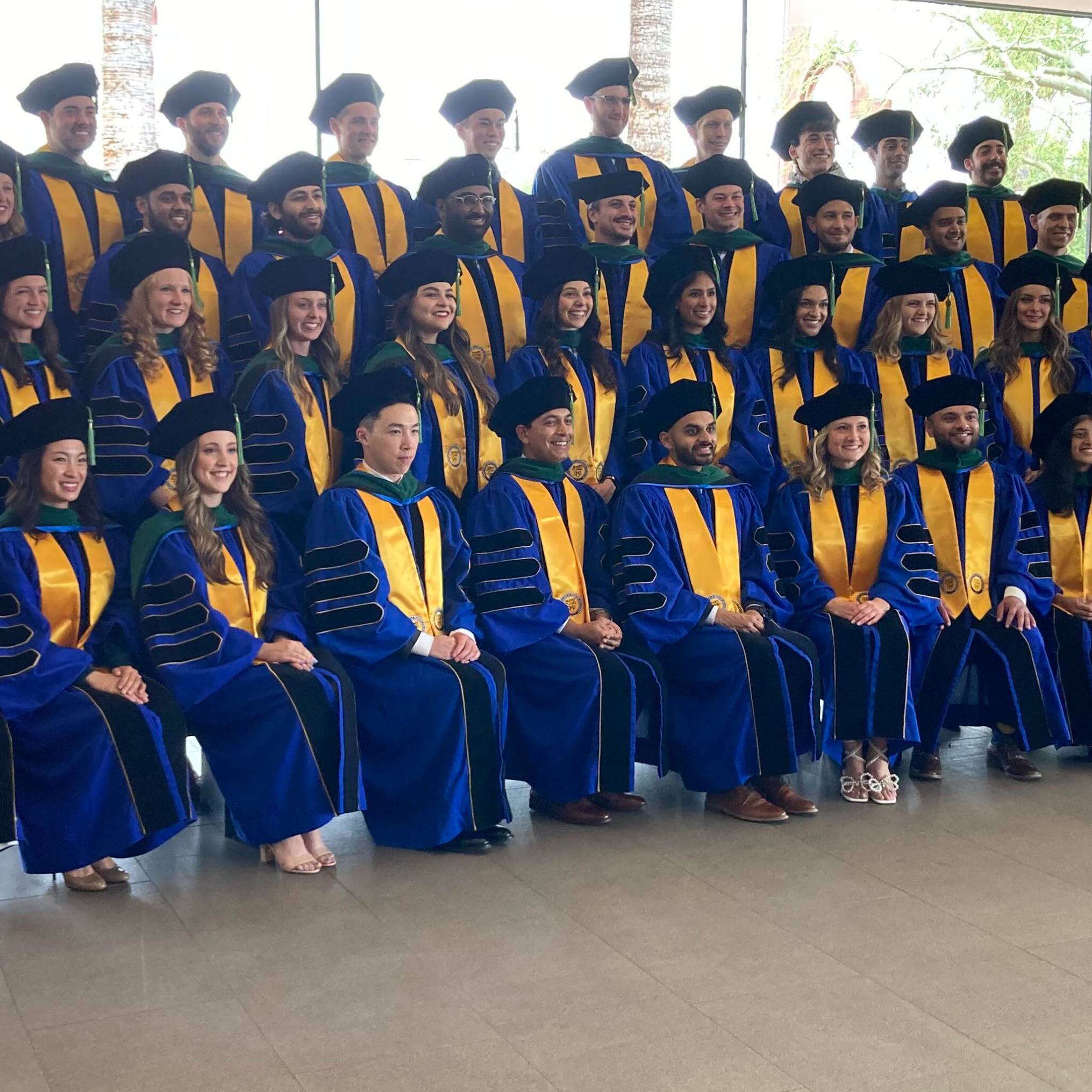-
Research
Mayo patient with life-threatening multidrug-resistant infection treated with experimental phage therapy combined with surgery
Mark Pearce, 61, was facing a possible limb amputation, even death, when a multidrug-resistant bacterial infection within his prosthetic hip replacement device started raging in his bloodstream. With his fever soaring to more than 105 degrees, Mark was taken by ambulance, that day in spring of 2020, to Mayo Clinic Hospital in Rochester, Minnesota.
"My teeth were chattering so fast that I couldn't form any words, and the infection was so bad that it actually fractured the artificial hip device," Mark recalls. "I wanted to throw in the towel and just give up."
Mark had been battling the chronic bacterial infection on and off for years, stemming from his initial hip replacement surgery in 2014.
"Every time the infection came back, I was given very strong IV antibiotics, and they cleaned out the area surgically," says Mark, a truck driver who lives in Minnesota with his wife, six children and 22 grandchildren. "After the treatments, I always thought I'd be good to go, but then the infection would always return."
Bacterial infections, like Mark's, are a known risk among the millions of people worldwide who undergo life-enhancing joint replacements every year. The issue is that bacteria can clump together and grow into a slimy protective coating, called biofilms. These biofilms cling to the implanted devices and enable bacteria to evade antibiotics that would otherwise work against them.
Mark was fighting a potentially life-threatening bacterium called methicillin-resistant Staphylococcus aureus (MRSA) — a type of staph infection that resists many common antibiotics.
Despite multiple treatments and three additional hip replacement operations, Mark's condition continued to worsen. He was experiencing constant pain and drainage from his hip wound.
"A hole had basically opened up on my thigh from the infection," Mark says. "And there was talk from my doctors about possibly losing my leg. It was just very traumatic."
"Mark’s case was quite challenging, given the aggressive organism (MRSA), the failure to respond to multiple prior surgical interventions, and extensive allergies to antibiotics which limited our choice of antibiotics."
Gina Suh, M.D.
That's when his Mayo Clinic health care team turned to an experimental treatment approach — bacteriophage therapy. The strategy, also called phage therapy, uses viruses to target and kill specific bacteria.
"There is increasing evidence that phage therapy can serve as a potential alternative or supplement to antibiotics to eradicate recalcitrant bacterial infections," says Gina Suh, M.D., director of Mayo Clinic's Phage Therapy Program, which was launched by the Center for Individualized Medicine in 2019. Dr. Suh is Mark's phage therapy physician.
Phages are naturally occurring viruses found throughout the earth — in soil, streams, oceans and practically anywhere bacteria can be found — that recognize and attack specific species of bacteria. Phages destroy bacteria cells by injecting their DNA or RNA into the bacteria to replicate and burst the cells open, including those that have grown resistant to multiple antibiotics.
Dr. Suh says preparing phage therapy for patients is a complex process involving genomic sequencing and the testing of a repository of phages against a particular bacterium to determine which phage would be most effective. Mayo Clinic has established partnerships with several entities for phage biomanufacturing, with ultimate plans to establish phage biomanufacturing on site.
"Mark’s case was quite challenging, given the aggressive organism (MRSA), the failure to respond to multiple prior surgical interventions, and extensive allergies to antibiotics which limited our choice of antibiotics," Dr. Suh explains. "Due to the extent of bone loss, the next surgical step for Mark was removal of the hip without the option for replacement. Given the dire situation, we felt that we could try phages to see if that might help."
"The availability of phage therapy opened up a unique opportunity to treat this very difficult infection in a different way here at Mayo Clinic."
Mark Pagnano, M.D.
Mark received his first phage therapy intravenously in the summer of 2020. His treatment continued five days a week for several weeks. This was followed by hip removal and replacement surgery performed by Mark Pagnano, M.D., Professor and Chairman with the Department of Orthopedic Surgery.
“I have cared for Mr. Pearce for more than 20 years, and he has been through more than his fair share of medical issues," Dr. Pagnano says. "The availability of phage therapy opened up a unique opportunity to treat this very difficult infection in a different way here at Mayo Clinic. Mr. Pearce has bounced back remarkably well, and it is gratifying to see him back to enjoying daily life now. He has truly benefitted from Mayo Clinic’s team approach to solve complex problems.”
Mark Pearce says he started feeling better almost immediately after receiving phage therapy.
"It was amazing," Mark says. "Now my wounds have healed, and I can live. I’m able to walk again, I can play with my grandkids, and I'm back rebuilding antique engines, like old tractors and old cars," Mark says. "Dr. Suh and Dr. Pagnano saved my life. They really did, and I'm so grateful to them and all of my Mayo Clinic doctors."
"As we continue to evaluate this novel therapeutic, we will continue to learn about the role phages will play in treating different infections," Dr. Suh says. "In some infections, phages and antibiotics alone may do most of the work. However, I think in cases of chronic surgical infections like this, the surgery was the star of the show and phages played a supporting role. Nonetheless, both modalities together have resulted in a good outcome for Mark, and that is ultimately the goal."
Mark was Mayo Clinic's fourth patient to receive the investigational phage therapy treatment under a compassionate use basis. He has since formed a special bond with Mayo's first phage therapy patient, who also was facing a potential amputation from a knee-joint replacement infection.
"We both got an opportunity to get our lives back thanks to Mayo Clinic and phage therapy, so we have a lot in common," Mark says. "I hope more people can receive this treatment and share this bond."
Dr. Suh is working to make phage therapy more broadly applicable. She is launching two clinical trials in 2022 to continue to evaluate phage therapy in the treatment of prosthetic joint infections and pressure injury wounds.
"Individual cases are very important, but in order to really move the field forward, controlled clinical studies are what is needed to truly evaluate the therapeutic benefit of phages," Dr. Suh says. "Hopefully, they will allow us to add another tool in our fight against bacterial infections."











